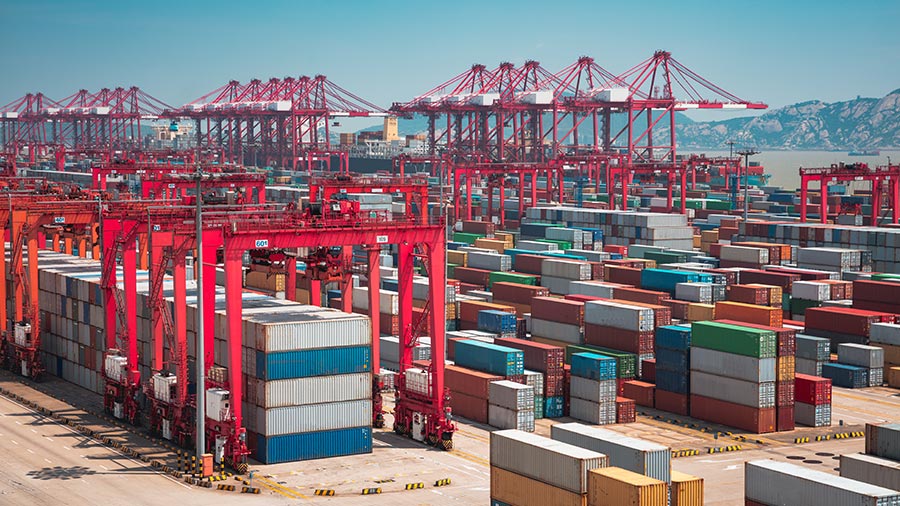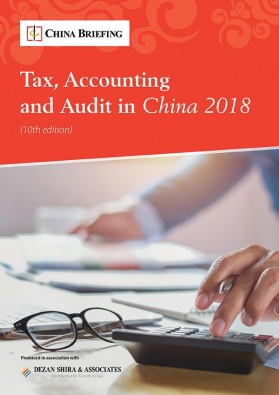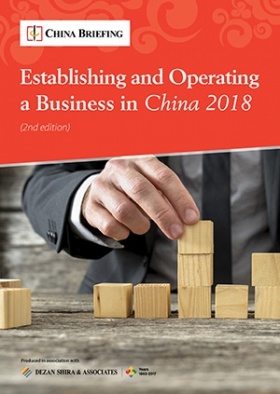Export Tax Rebates in China Increase for 397 Products
Exporters in China can now benefit from increased export tax rebates, following new government measures to blunt the impact of the deepening trade war with the US.
On September 5, China’s Ministry of Finance and State Administration of Taxation jointly issued the Circular on the Increase of Export Tax Rebates for Electromechanical and Cultural Products, which increased export tax rebates on 397 items.
The increased export tax rebates came into effect on September 15, and apply to a range of products, including steel products, chemicals, lithium batteries, LEDs, multi-component semiconductors, machinery products, and books and newspapers.
Products affected
Exporters based in China are required to pay export value-added tax (VAT) on goods they ship abroad. Once the goods are sold, however, exporters can file for a rebate on the taxes.
Products that will now qualify for a 16 percent export tax rebate include:
- Adhesives based on rubber or plastics;
- Books and newspapers;
- Light-emitting diodes (LEDs);
- Lithium batteries;
- Machinery products;
- Multi-component integrated circuits;
- Non-electromagnetic interference filters; and
- Various types of vitamins.
Products that now qualify for a 13 percent export tax rebate include:
- Antifreeze;
- Bamboo carvings;
- Lubricants;
- Paint;
- Picture frames;
- Salt;
- Steel products; and
- Wood fans.
Products qualifying for a nine percent export tax rebate include:
- Basalt fiber and its products;
- Polyester;
- Safety pins;
- Shovels, knives, axes, pitchforks, and other tools;
- Stainless steel products; and
- Staples.
The entire list of affected products can be found here.
Applying for export tax rebates
In order to receive an export tax rebate, exporters must provide their business license and export approval documentation to the relevant local authorities, and submit monthly tax declarations.
Export approval documentation includes a summarized declaration form for export tax refunds, a customs declaration form for exports, and a VAT declaration form for export tax refunds, among others.
Businesses should note that the exact filing procedure differs based on region, industry, and whether the company is a manufacturing firm or a trading firm.
If the application is successful, the export tax refund will be obtained about two to three months after the initial application is submitted.
More support measures anticipated
The move to increase export tax rebates is just one of several that the Chinese government has made in recent weeks to mitigate the impact of the trade conflict with the US.
So far, the US has slapped tariffs on US$50 billion worth of Chinese products, and has threatened to imminently apply tariffs on US$200 billion more.
Other measures the Chinese government has taken to assist exporters include cutting tariffs for five Asian countries, tax cuts to support small businesses, and regional policies to cut business costs.
Despite the US tariffs, China’s exports have remained fairly steady so far. In August, China’s exports grew by 9.8 percent year-on-year – down from 12.2 percent in July – widening China’s trade surplus with the US to a record high US$31.05 billion for the month.
However, some of China’s better-than-expected export numbers can be attributed to the front-loading of orders before more US tariffs got put into place. As US tariffs on China increase, US-based buyers may look to alternatives from countries such as Vietnam and India to meet their needs.
While the increased export tax rebates only apply to specific products, China-based exporters will welcome any support measures from the government as they brace for the full brunt of the worsening US-China trade war.
About Us
China Briefing is produced by Dezan Shira & Associates. The firm assists foreign investors throughout Asia and maintains offices in China, Hong Kong, Indonesia, Singapore, Russia, and Vietnam. Please contact info@dezshira.com or visit our website at www.dezshira.com.
- Previous Article China’s Fitness Industry: New Lifestyle Trends Boost Investment Prospects
- Next Article China’s Tax Bureau to Collect Social Insurance










